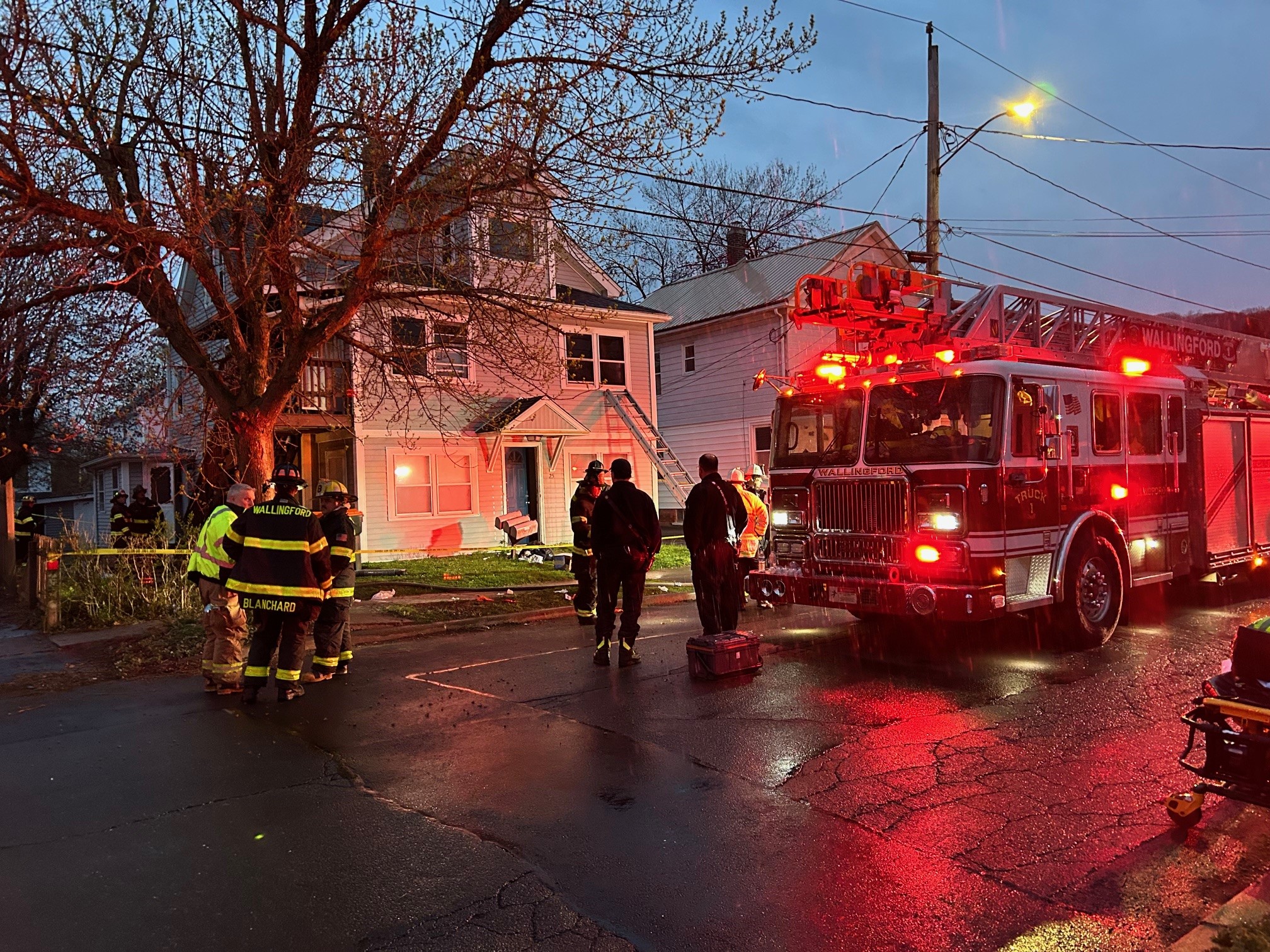Those lessons about sharing? At lunchtime, in Connecticut schools, they come with an asterisk.
School officials in a Connecticut town are criticizing new restrictions on lunchroom "share tables," which encourage students to donate uneaten food for any classmates who may be hungry.
The concept has been promoted by the U.S. Agriculture Department as a way to reduce waste, but it is up to local governments to determine what health codes will allow. Under a Connecticut policy updated in January, unopened milk, most fruits and the like are off the table.
In Wallingford, a New Haven suburb, Nick Iannone, 14, launched a share table last year as a school project. He noticed fruits and vegetables that come with every hot lunch were ending up in the trash.
"I realized no one eats that," said Iannone, an eighth-grader at James H. Moran Middle School.
Students of all backgrounds took advantage of the extra servings, Superintendent Salvatore Menzo said, but he worries the policy change could deprive needy students, including those who might go without breakfast at home.
"It's unfortunate the state of Connecticut has chosen to remove many of the items we were able to share and have shared from the list of acceptable items," Menzo said.
Local
The USDA's Food and Nutrition Service in a June 2016 memo endorsed setting up stations where schoolchildren can return food or beverage items and make them available to others. While the federal government recommended sharing of fruit and unopened milk that is kept cold, it noted that local food and safety codes may be more restrictive.
The idea has not caught on widely in American schools, John Williamson, the president of Food Rescue, which works with schools to reduce waste. Indiana, where he founded the organization, has become a national leader with some 400 schools running share tables or recovering food for pantries.
Some states, such as Vermont, have longer lists of items that can be shared, while others, like North Carolina, have prohibited sharing any food that already has been served. Officials often are not aware that food donations are protected from liability by a Good Samaritan law that was extended to schools in 2011, Williamson said.
"It's the same objections every single time," he said. "There's this myth that they're going to get sued."
Connecticut's Department of Education added the new restrictions after consulting with public health officials. A state memo detailed concerns about potential hazards with foods that require temperature control.
An education department spokeswoman, Abbe Smith, said that it supports the share-tables strategy and that student health and safety is a top priority.
Connecticut does still allow sharing of commercially packaged pre-cut fruits and vegetables, pre-packaged crackers and nuts, and fruit with peels, such as oranges and bananas.
In Wallingford, more than 1,300 students are eligible for free or reduced-price lunch — roughly 22 percent of the district population — but even with government reimbursement it is not cost-effective for Wallingford to serve subsidized breakfast, as some larger districts do. With lunch generally served early in the day, Menzo said, the share tables are seen as a way to help those who might arrive at school hungry.
A donated refrigerator at the middle school keeps cold yogurt and milk designated for sharing.
School officials have inquired about a waiver to the new state policy. Without a reversal, food donated in district schools that cannot be shared with other students will be collected for distribution at a food pantry instead.



